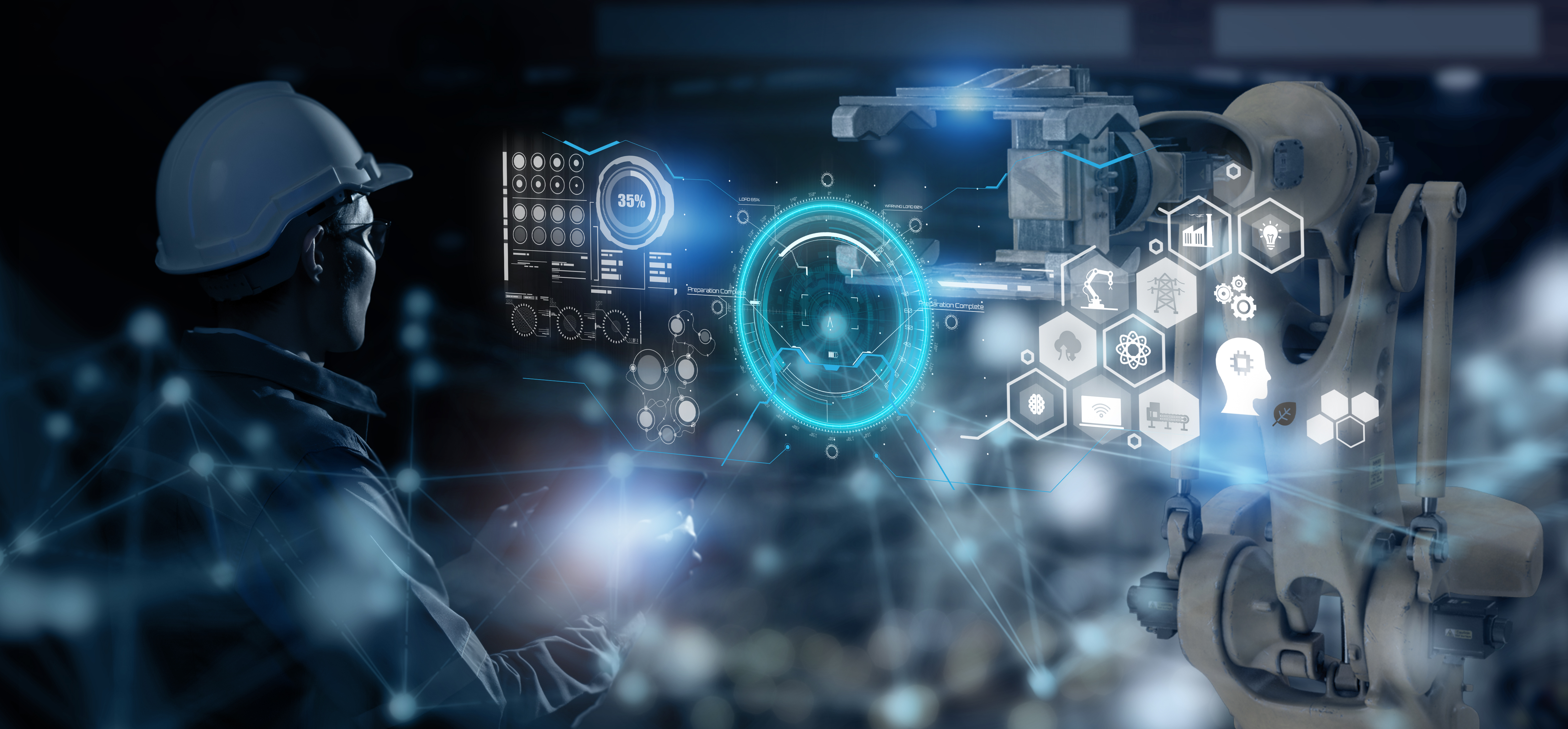Ilim Group has completed testing of the Digital Twin technology at RB3 in Ust-Ilimsk.

The technology implies creation of a digital copy of all processes and allows to determine an optimal equipment operating mode. Implementation of RB3 Digital Twin will allow Ilim to reduce its production costs by more than USD 400 thousand per year through optimized resource utilization. Project investments totaled USD 700 thousand.
RB3, Metris UX/X integrated Solution using Digital Twin and ACE, tests were performed in November 2021. The recovery boiler was running independently for several days and the system itself set process parameters. The Digital Twin controlled RB operation using Advanced Control Expert (ACE) system.
Ilim Group proceeds with implementation of a large-scale project involving implementation of Digital Twins and ACE at its new KLB Mill in Ust-Ilimsk based on the gained experience.
RB3 the integrated Solution based on Metris UX/X - Digital Twin Technology allowed to improve RB operation efficiency and increase green liquor recovery rate, thus reducing the need for purchased chemicals. Besides, the technology also allowed to increase average RB steam temperature and reduce temperature variations. The Mill consumes the steam generated during RB operation to produce electrical and thermal energy. Moreover, RB3 Digital Twin contributed to reduction of steam consumption at soot blowers.
RB3 Digital Twin was engineered by ANDRITZ, Austria-based international technology group, which is one of the leading manufacturers of process facilities for the global P&P industry.
Reference information:
At present, the Company has about 40 IT projects in the pipeline, which comprise a common digital strategy. The project portfolio includes the projects focused on creation of a verified database, development of digital twins, AI-based systems and technologies used to create new products.
*Maximum capacity of RB3, which was installed in 1987, is 1,540 tpd of black liquor solids and its maximum steam generation capacity totals 229.7 tph. In 2018, the recovery boiler was retrofitted to increase the capacity up to 1,750 tpd of black liquor solids and change black liquor burning mode
